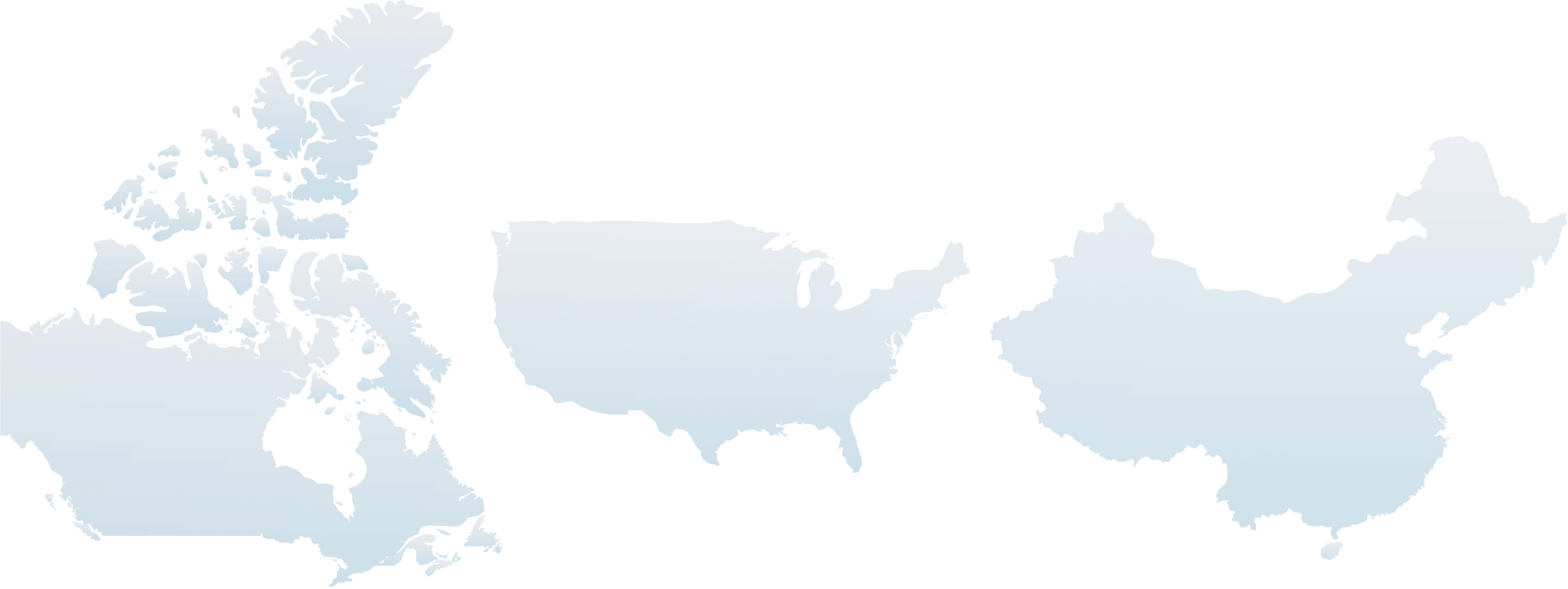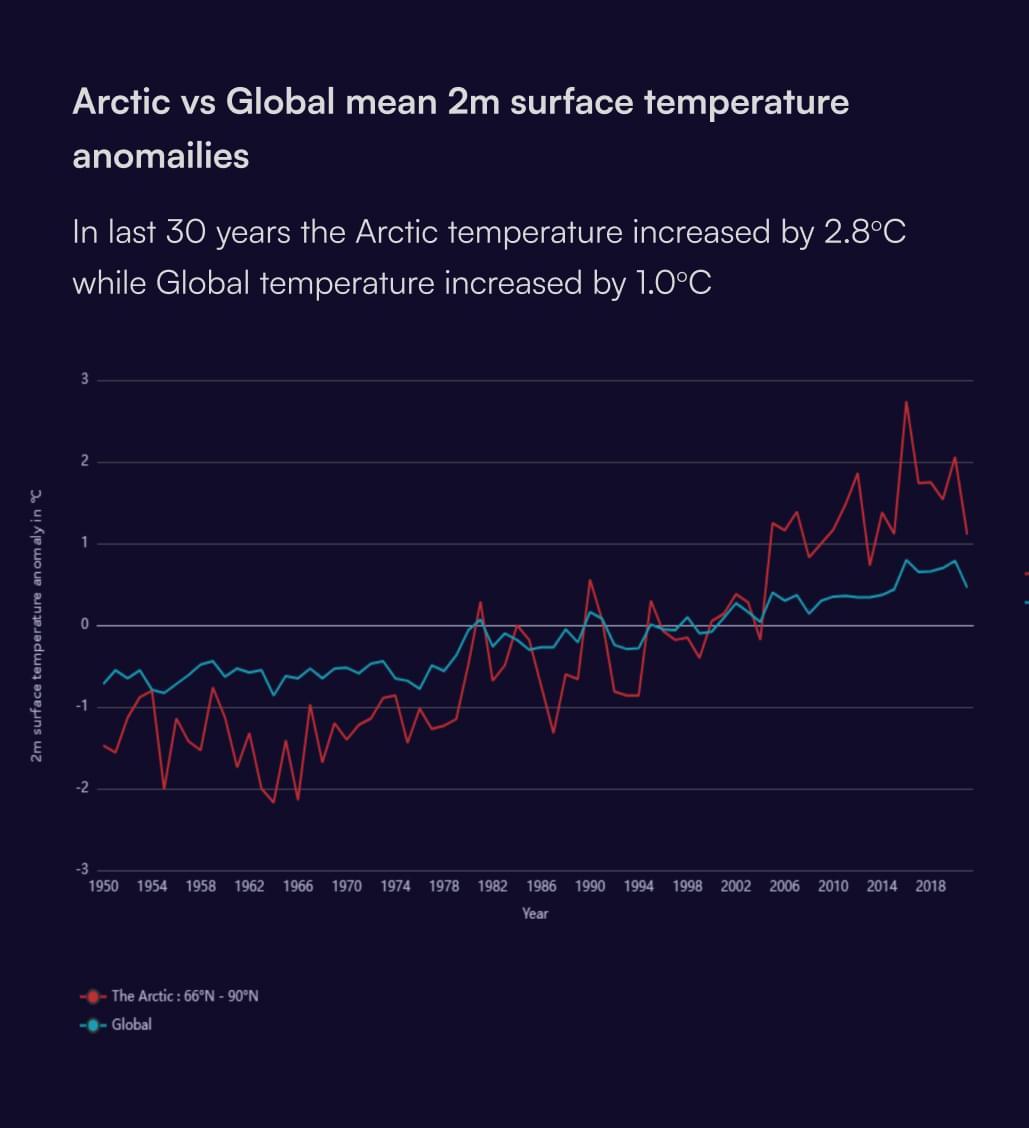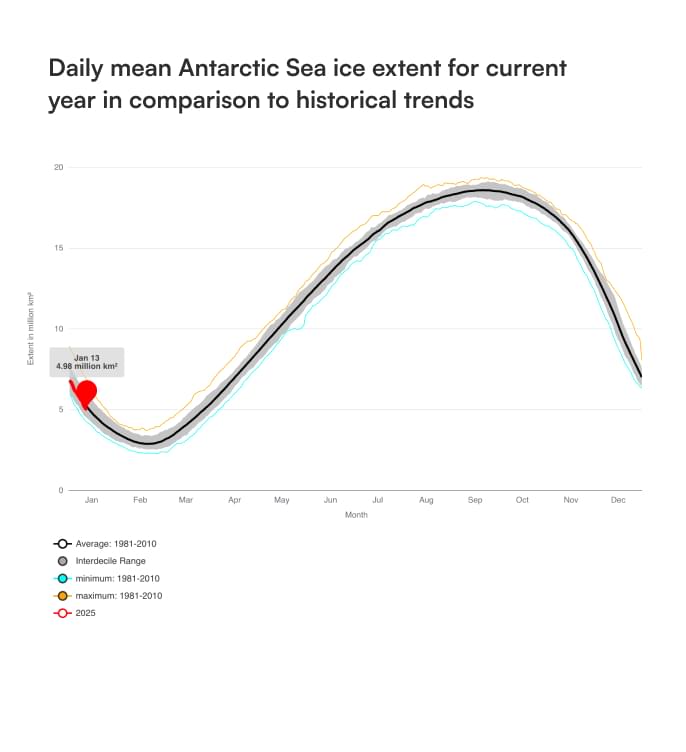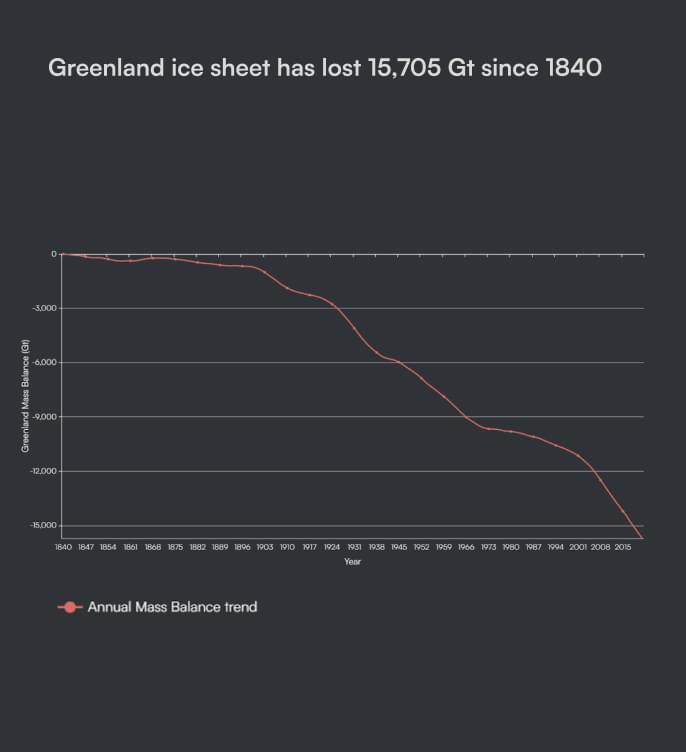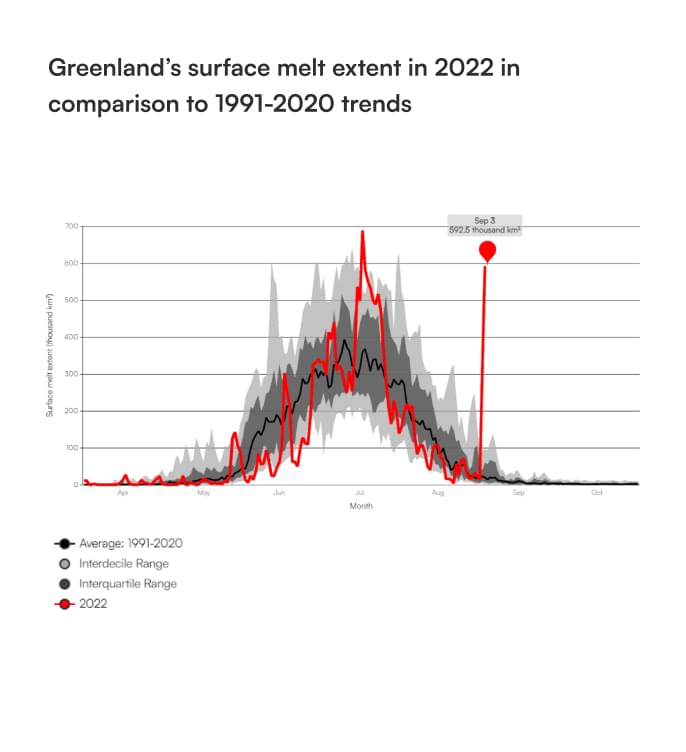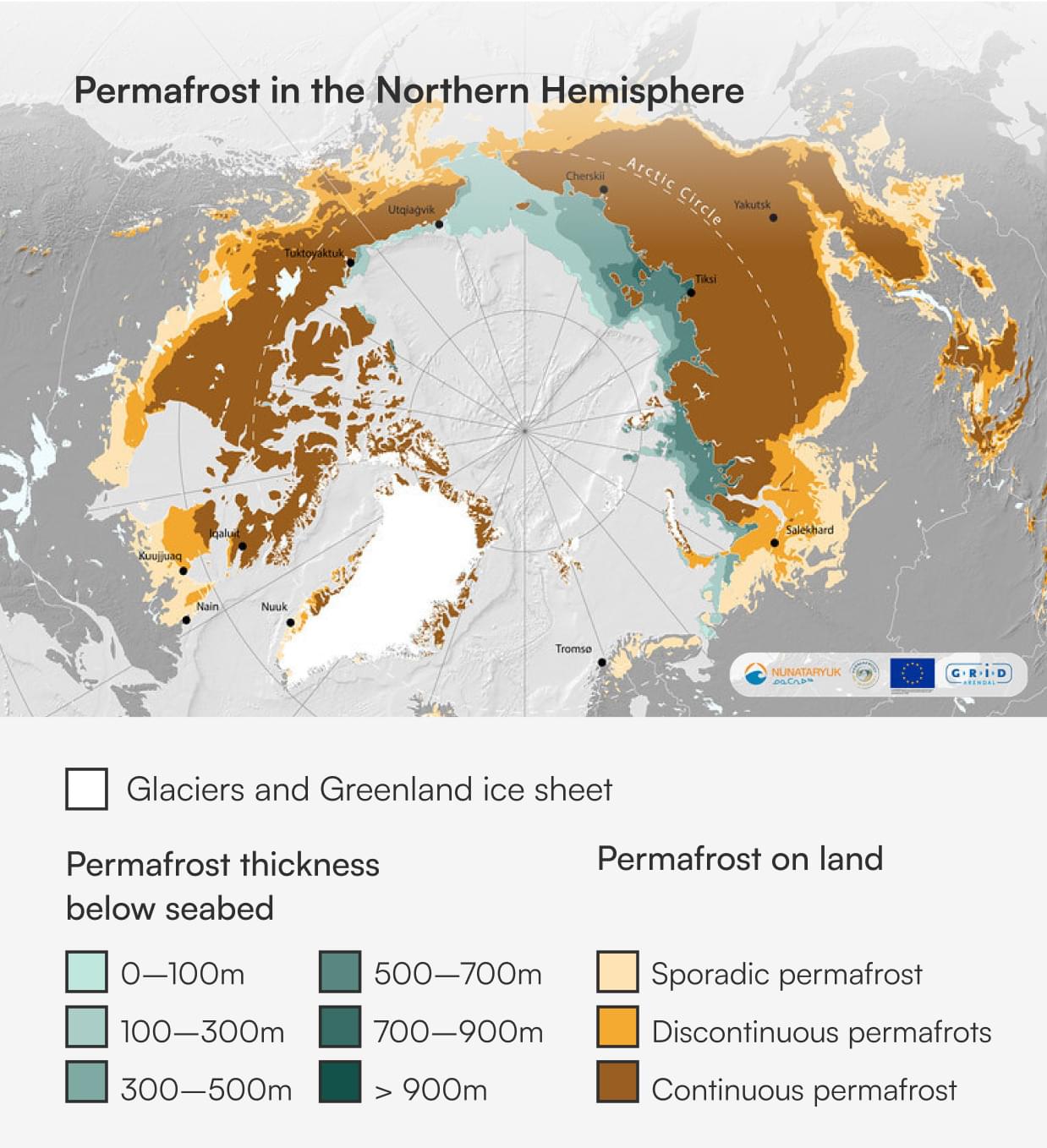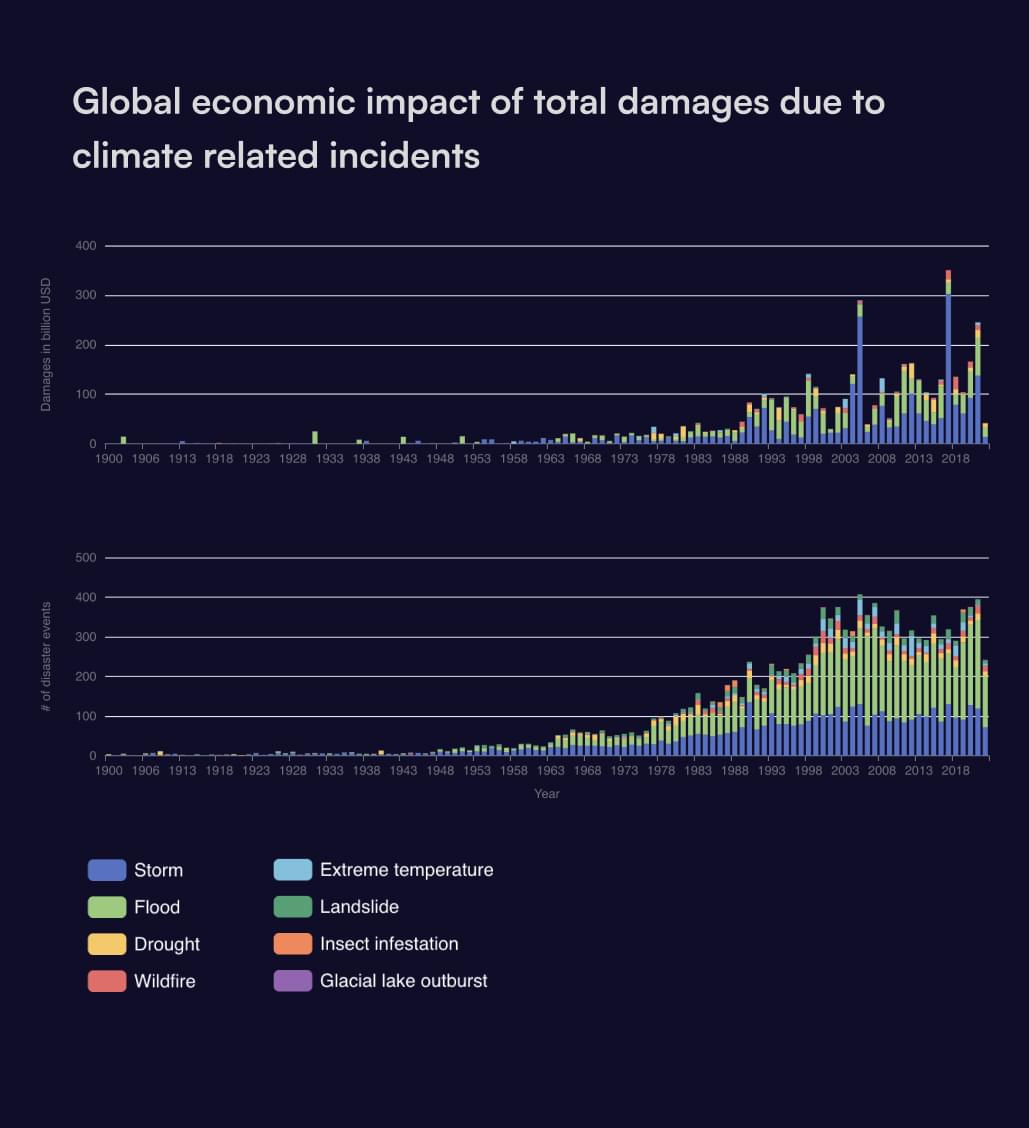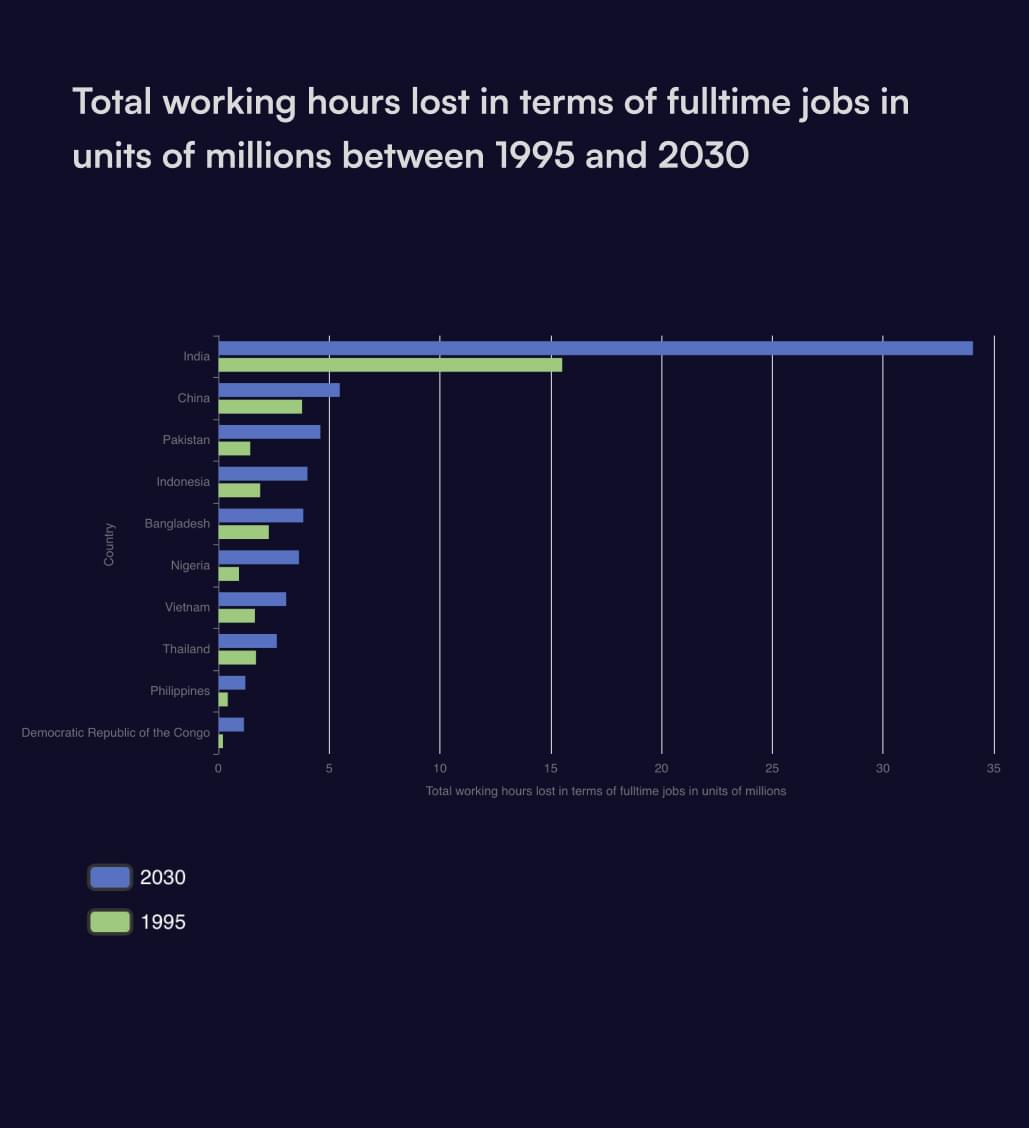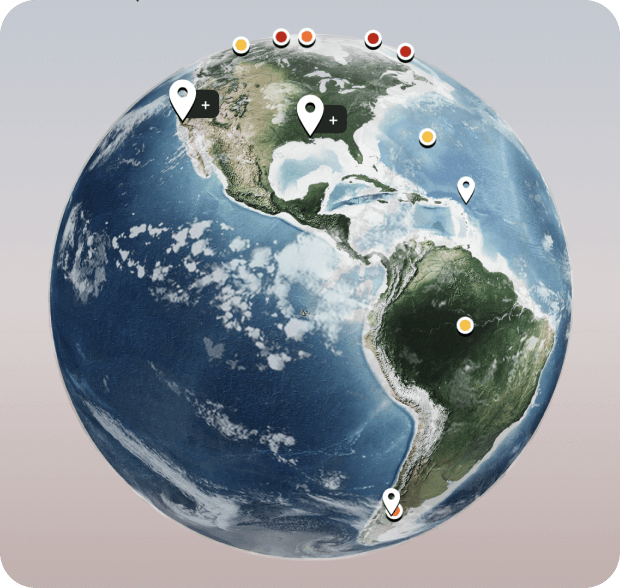
Get real-time updates on global climate threats and see how polar changes impact the world.
As the climate crisis intensifies, billions of people are affected by food and water insecurity, economic turmoil, large-scale migration, loss of lives and livelihoods.
The poles are rapidly warming and disproportionately driving climate risks. No matter where you live, what happens at the poles affects your community — and vice versa.
How the Warming Poles Are Changing / Affecting the World
What happens in the polar regions affects communities, companies, and economies all over the world. Similarly, what happens where you live has an impact on the poles.

The Control Center for
Global Climate Risks
Instead of thinking about the polar regions as distant lands, we need to think of them more like a control centre for climate risk mitigation. The more decision-makers understand the polar regions and engage with polar science data, the better we can enhance understanding of global climate risks.
About us
For nearly a decade, the scientists at Arctic BasecampArctic BasecampArctic Basecamp have disseminated actionable information about the poles and their critical relationship with climate change.
Now, we’re seeking to empower global leaders to enact evidence-based solutions through a groundbreaking tool:
The Global Climate Risks Platform.
Building the
Dashboard for
Global Climate
Risks
The poles are a barometer of the climate crisis, but how fast are the polar regions changing, and how exactly do these changes affect the rest of the world?
We’re exploring questions
like these and visualising the data to make polar science
easy to understand for business leaders, policymakers, and everyone involved in managing risks
and restoring nature.
With the Global Climate Risks Platform, we’re creating a dashboard to connect climate change and Arctic science,
and we’re expanding our visualisation of insights to Antarctica and other frozen parts of the world.
Key Benefits
Here are just a few of the benefits you can expect from this tool.
- Learn how the Arctic and Antarctica affect global climate risks
- Monitor the changing state of the poles with indicators, alerts, and data visualisations
- View effects on extreme weather, supply chains, food and water security, sea level rise, and heat stress
- Understand how the poles affect climate vulnerable countries
- Learn how the Arctic affects the success of UN sustainable development goals
- Understand how changing polar regions affect business, from supply chain disruptions to labor productivity loss and infrastructure risks
- Access communication and media toolkits and assets to make sense of polar science
- Curate the latest regional and global solutions to mitigate the effects of polar change
Coming Soon
We’re seeking support to build out the following features.
- Industry- and regional-specific data visualisations
- Quantified impact of climate solutions on the poles
- Future projections of global risk based on different scenarios of polar change
- Insights to guide evidence-based solutions and innovation in clean energy
- Advanced risk analytics
- Polar risk dashboard
Platform Preview
View a sampling of alerts, global risks, and data accessible on the platform.
Where
Accountability
is Critical
Reducing greenhouse gas emissions can halt the cascade of risks the changing poles set off for the rest of the world. View the top emissions contributors in your country.
2021 major
GHG emitters
Thanks to our colleagues at Climate TRACE, we can finally understand the
links between emissions of GHGs and shrinking Arctic sea ice.
Where We Go
From Here
To avoid the worst effects of climate change, we need to implement solutions for all sectors and regions.
- No new investment in fossil fuels
- Phase out coal power
- Define an industry roadmap to reduce emissions
- Change shipping practices in the Arctic to reduce black carbon emissions
- Protect nature to enhance carbon sinks
- Align financial flows with net zero
- Slow the pace of permafrost thaw
- Hold the richest nations accountable for loss and damage
Join the
Mission
We urgently need to increase awareness of the connection between polar breakdown and global risks, as well as solutions.
With your support, we can flip the script on the climate crisis by centering stories about our changing planet around the poles. Help us sensors to fill gaps in Arctic research, and improving data quality and risk analytics for business leaders and policymakers.
